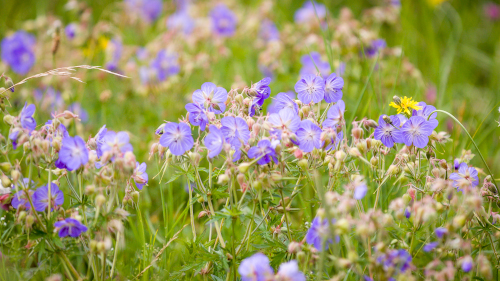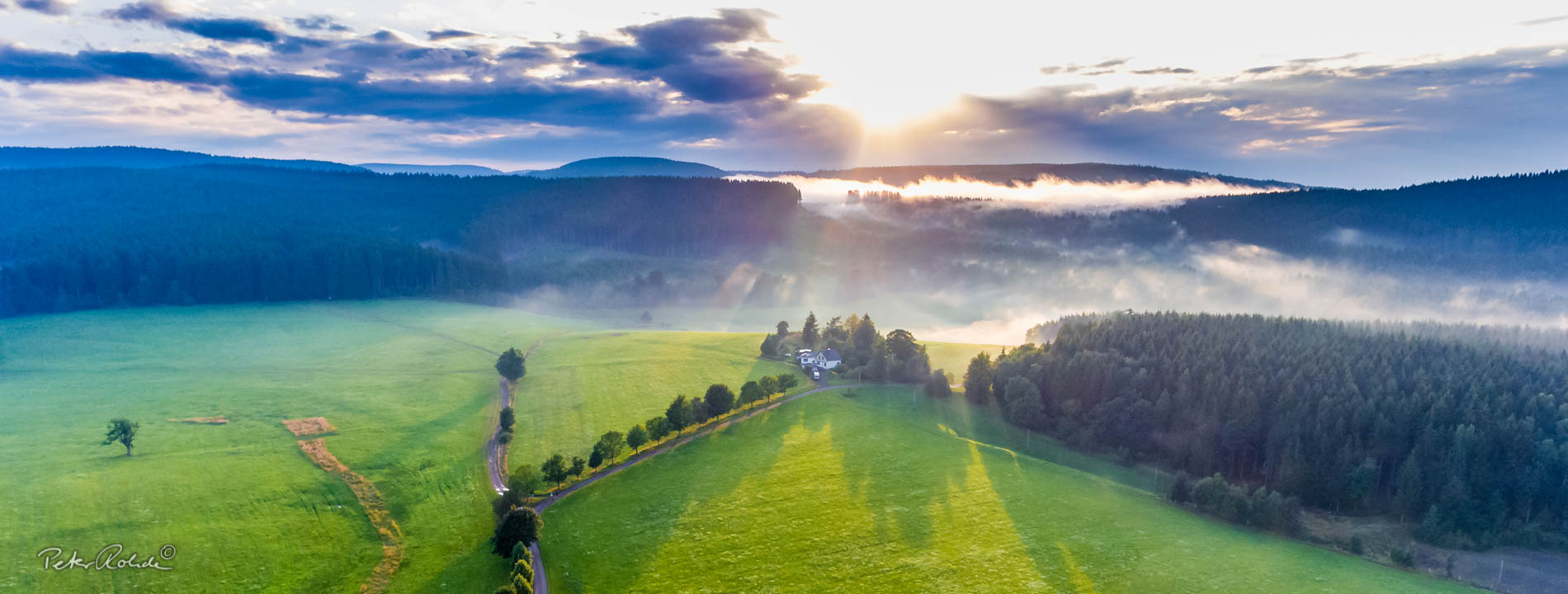
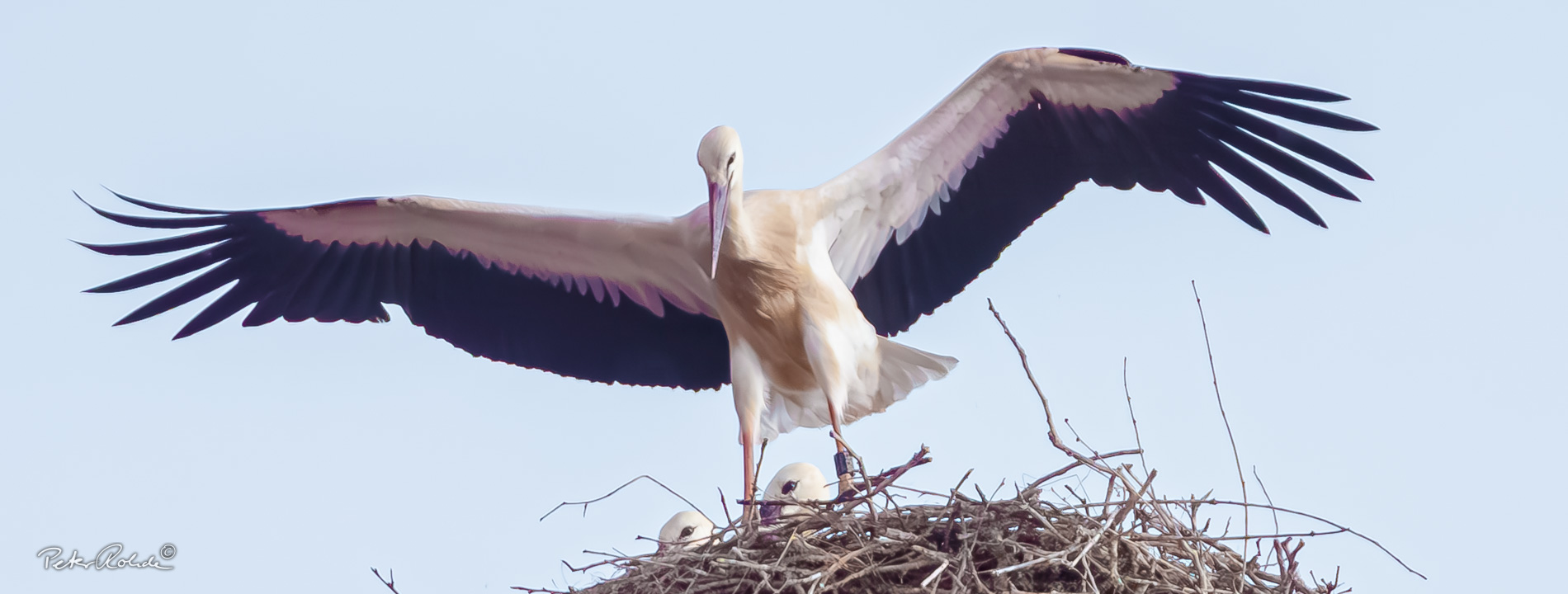
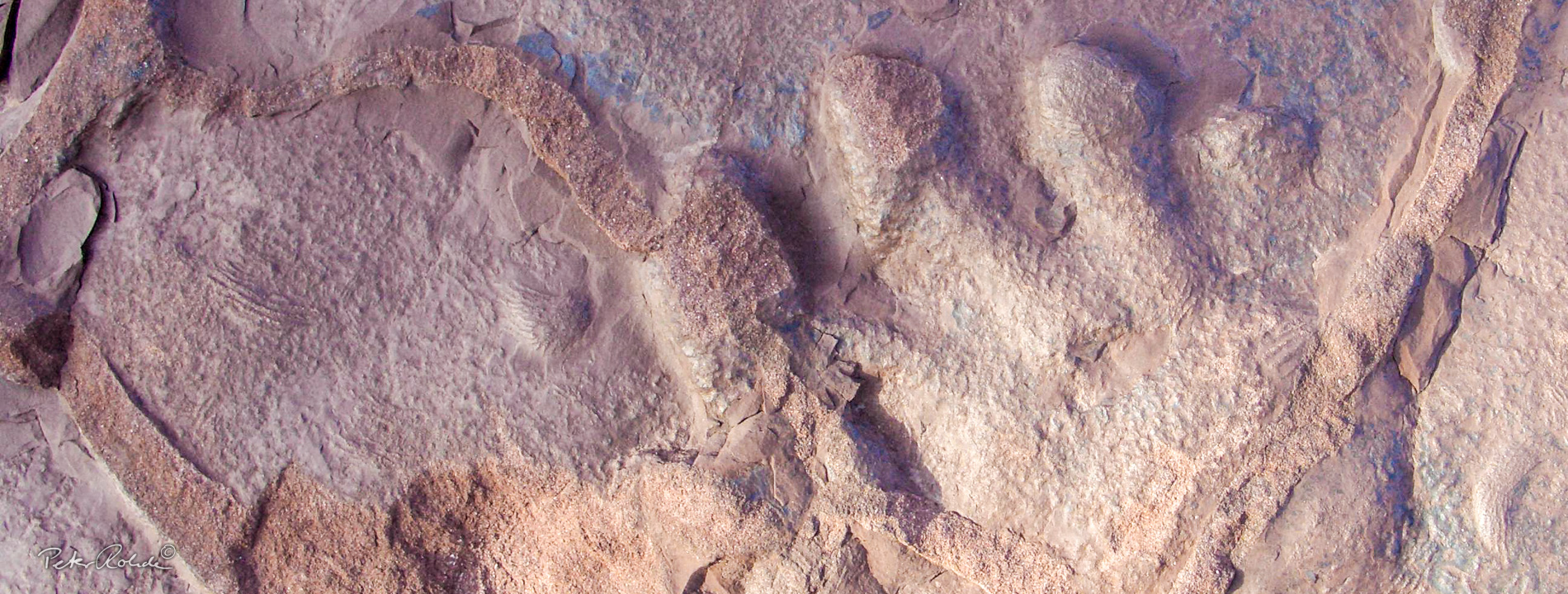
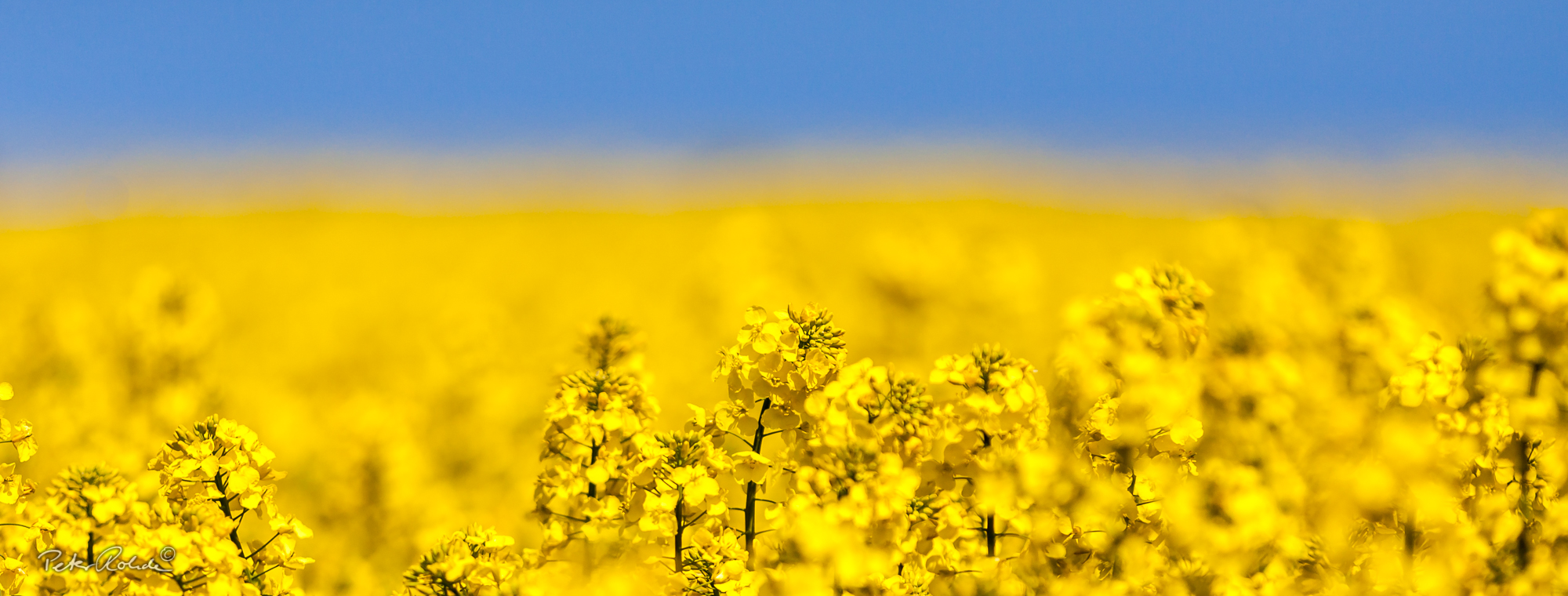
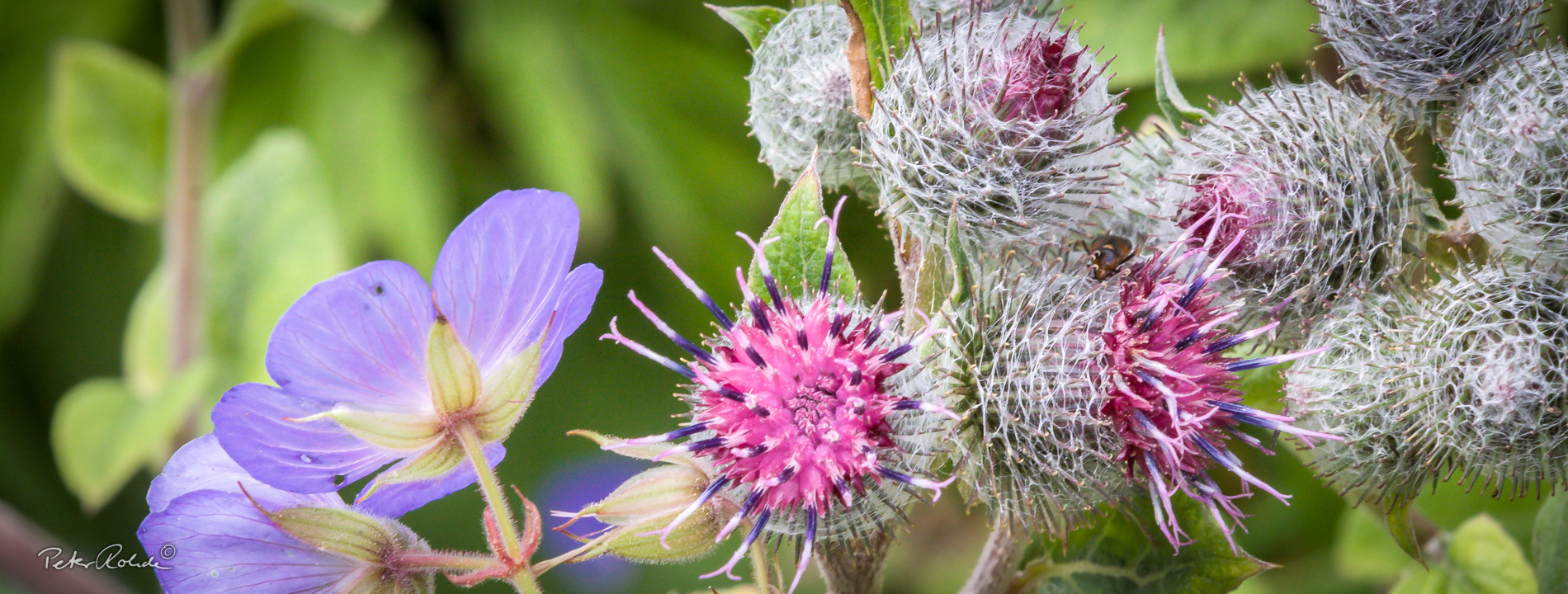
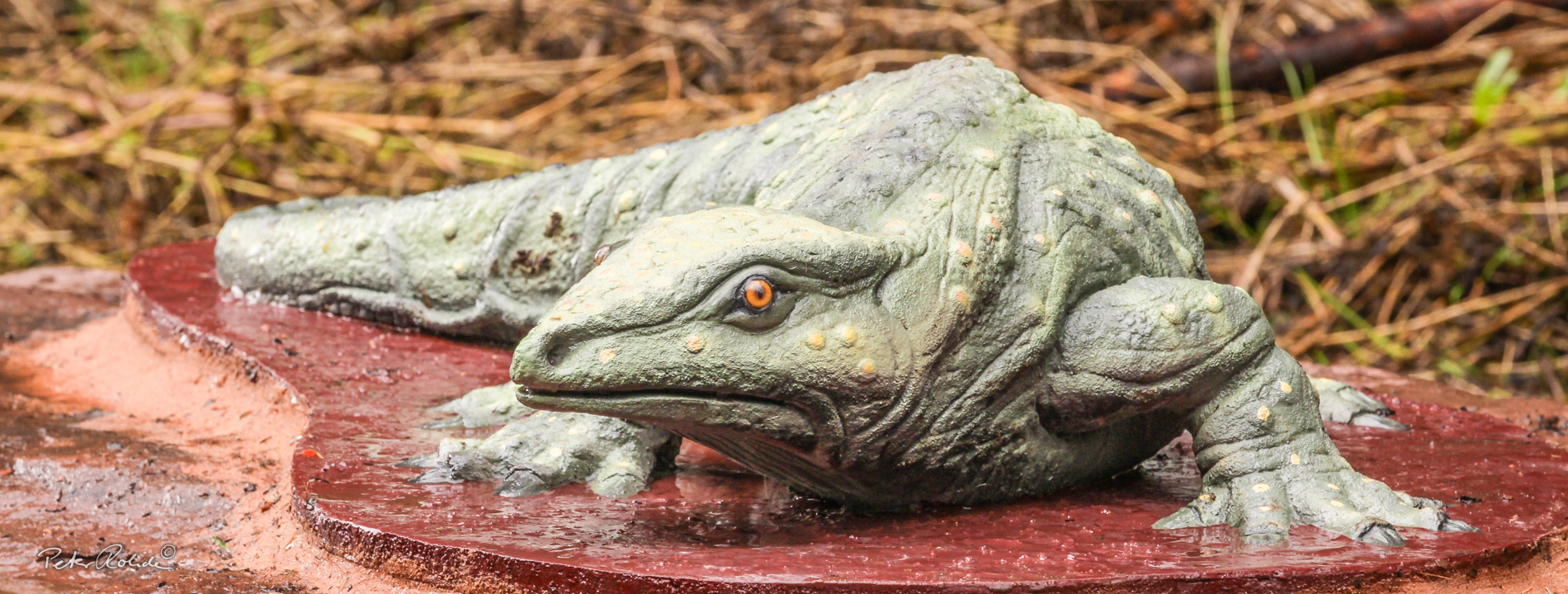
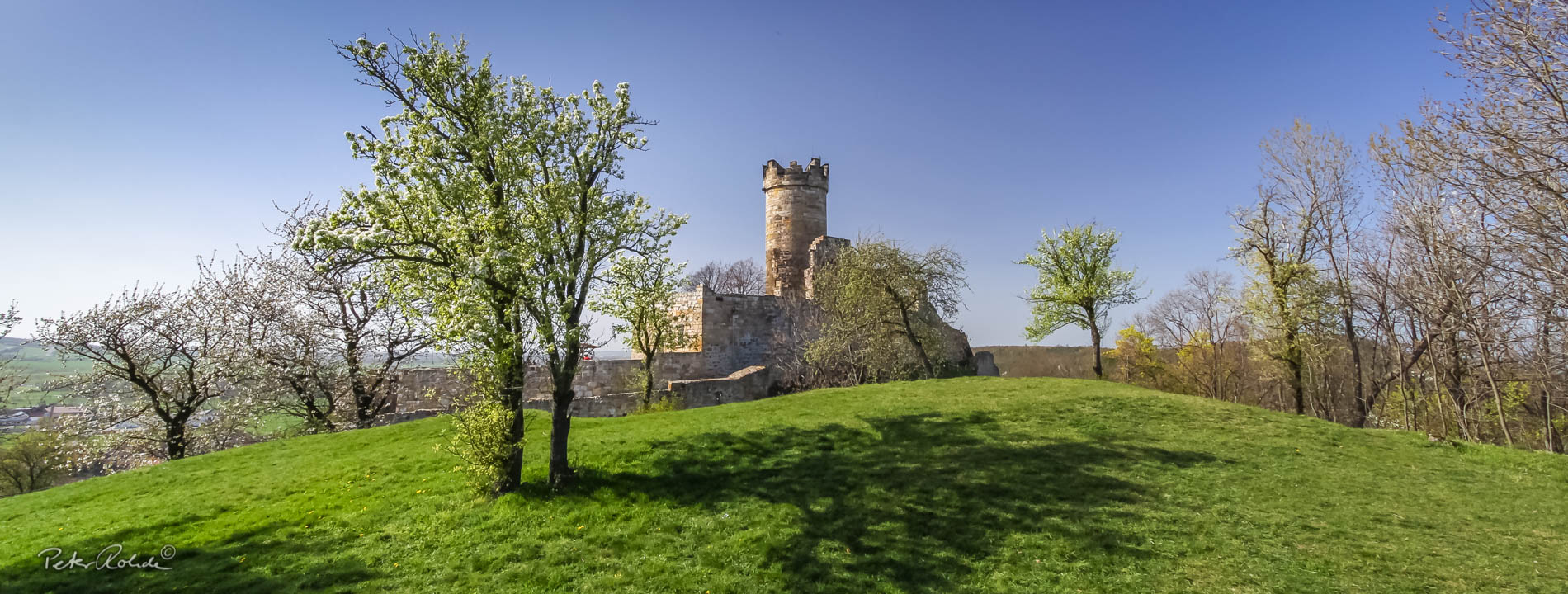
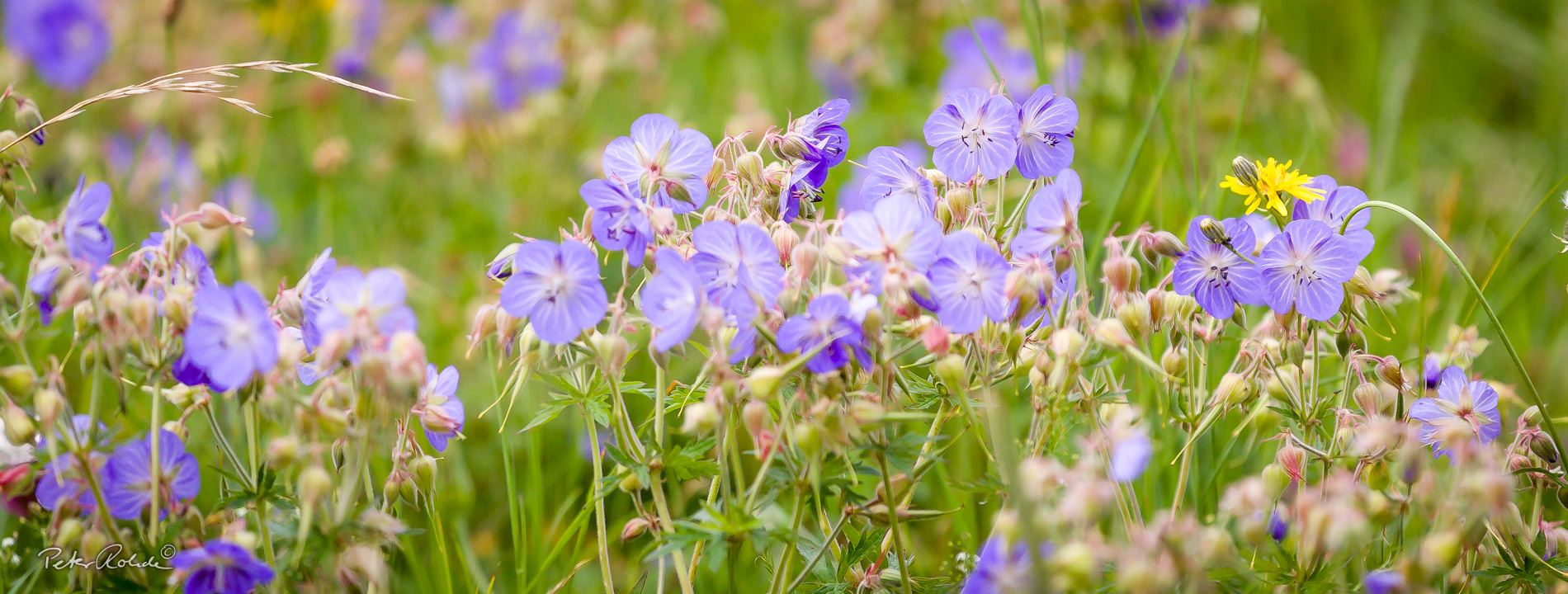
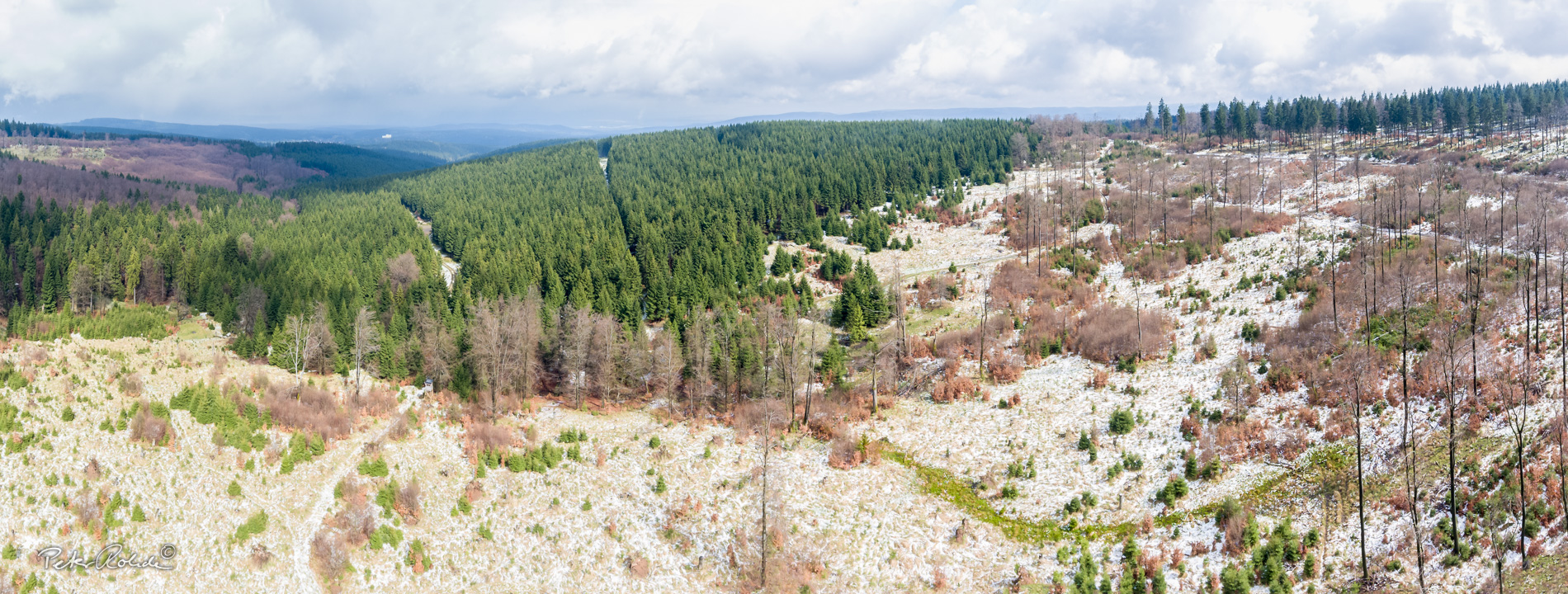









Wildlife
The UNESCO Global Geopark Thuringia Inselsberg – Drei Gleichen shows, as a result of significant differencies regarding relief, climate and soils, a high biotic diversity. The outlying district of the Thuringian Forest is one of the most species-rich areas in the Free State of Thuringia, immediately after the sulphatekarst area at the southern margin of the Harz Mountains. Almost the entire geopark area is allocated as a conservation area. Several nature reserves, protected landscape and FFH-areas witness the importance of the region for nature conservation.
Drei Gleichen region
The flora of the Drei Gleichen region can be divided into
• the north facing slopes of the Muschelkalk and Keuper hills,
• the south slopes with the Badlands and
• the lowlands or flats of the graben zone of the Eichenberg-Gotha-Arnstadt-Saalfeld Fault zone (abbr: EGAS).
The north-facing slopes are dominated by an oak-common hornbeam-lime forest with small-leaved lime (Tilia cordata) and maple (Acer). It is still possible to find patches of forest with near natural patterns of biodiversity here.
The biodiversity of the shrub and herb layer is very high. Here are some examples: hawthorne (Crataegus), honeysuckle (Lonicera periclymenum), guelder rose (Viburnum opulus), lung wort (Pulmonaria officinalis), star gentian (Gentiana cruciata), common wintergreen (Pyrola minor), Corydalis cava, cowslip (Primula veris), greater stitchwort (Stellaria holostea) and many native orchids.
The Badlands themselves are habiat to only a few species: wild roses, stunted scots pine or sloe (Prunus spinosa). However, the bottom of these south-facing slopes has been settled by many warmth-loving plants that are usually found in with south-east Europe. Examples are bunchgrass (Stipa capillata), Adonis, purple-milk vetch (Astragalus danicus), sage (Salvia sylvestris), pasqueflower (Pulsatilla vulgaris), Oxytropis pilosa and Inula germanica.
Higher up, where the badlands transition into the sandstone the vegetation includes isolated pine (Pinus), black poplar (Populus nigra) and birch (Betula).
These areas are also habitat for a rich faunal diversity: numerous butterflies and beetles are found here, but also lizards (Lacertidae), grass snake (Natrix natrix) and slow worms (Anguis fragilis). You will often see buzzards (Buteo), falcon (Falco) and red kite (Milvus milvus). Much rarer are kingfisher (Alcedo atthis), red-backed shrike (Lanius collurio) and rock sparrow (Petronia petronia). Although the lowlands are mostly used for agriculture, a special habitat can be found just below the Schlossleite. Here the one to three metres deep ponds left by former peat cutting activities have been settled by many fish, frogs, newts and toads (see also KRÄHAHN 1993).
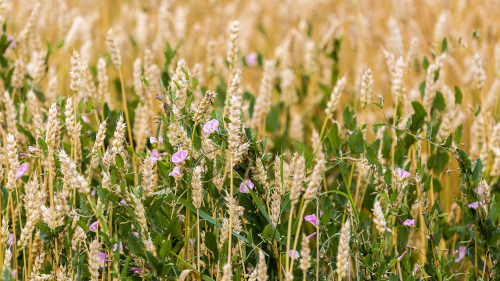
Thuringian Forest
The Thuringian Forest is one of the largest continuous forest areas in Germany. Around 70% of the area is covered in forest. The original closed forest cover of Thuringia has been preserved here, even though the deciduous forest has largely been replaced by conifers. The old dense beech forest was felled for, energy production. Until the 18th century the volume of felled wood exceeded regrowth. In the past 200 years spruce (Picea abies) was used to replace the lost beech forest.
Four forest types can be identified in the Thuringian Forest according to the elevation:
• European beech (Fagus sylvatica) forest of the the foothills up to 350 m above sea-level;
• the oak - beech mixed forest of the Eisenach area (350-550 m above sea-level) with typical European beech and sessile oak (Quercus petraea) stands;
• the montane mixed mountain forest (550-850 m above sea-level) with various European beech and sycamore stands in addition to spruce and
• the boreal coniferous mountain forest above 850 m above sea-level, where spruce is the natural tree species
The different forest types gradually merge into each other. It is worth mentioning that the highest beech forest in Thuringia is found on the summit of the Grosser Inselsberg. This is very unusual because the natural forest here would normally be composed of spruce. The explanation for this anomaly is the isolated location of the mountain among those of similar elevation in the Thuringian Forest and the prevalence of beech forest in the area. Apparently human intervention has had little effect here since the beech forest on the summit was already described in the 16th century.
The vegetation along the Rennsteig is typical for the low mountain ranges with relatively little difference to that found in the rest of Thuringia. One can divide the Thuringian forest into three botanical zones from north-west to south-east:
The north-western part up to the Hohe Sonne is covered by a low-diversity oak-beech forest (196 to 434 m above sea-level). Typical plants growing on the meadows and fields are common hemp nettle (Galeopsis tetrahit), cornflower (Centaurea cyanus), meadow geranium (Geranium pratense) and common dandelion (Taraxacum officinale).
The forest further south-east up to the Ebertswiese is dominated by beech (710 to 790 m above sea-level).
The characteristic species here are sycamore (Acer pseudoplatanus), Scot's elm (Ulmus glabra) and European ash (Fraxinus excelsior), as well as fescue (Festuca altissima), red elderberry (Sambucus racemosa) and white wood-rush (Luzula luzuloides).
The remaining part of the Thuringian Forest is typically covered by a spruce-fir-beech forest. Spruce plantations dominate the lower elevations. Common beech (Fagus sylvatica) and silver fir (Abies alba) are very rare here. Wood sorrel (Oxalis acetosella), the grass Calamagrostis villosa, wavy hair-grass (Avenella flexuosa) and heather (Calluna vulgaris) thrive under the fir canopy.
The typical species found on the mountain meadows are wolf's bane (Arnica montana), meum or spignel (Meum athamanticum) and mat grass (Nardus stricta). The vegetation of the herb meadows of the valleys include globe flower (Trollius europaeus), common bistort (Bistorta officinalis) and woodland geranium (Geranium sylvaticum).


